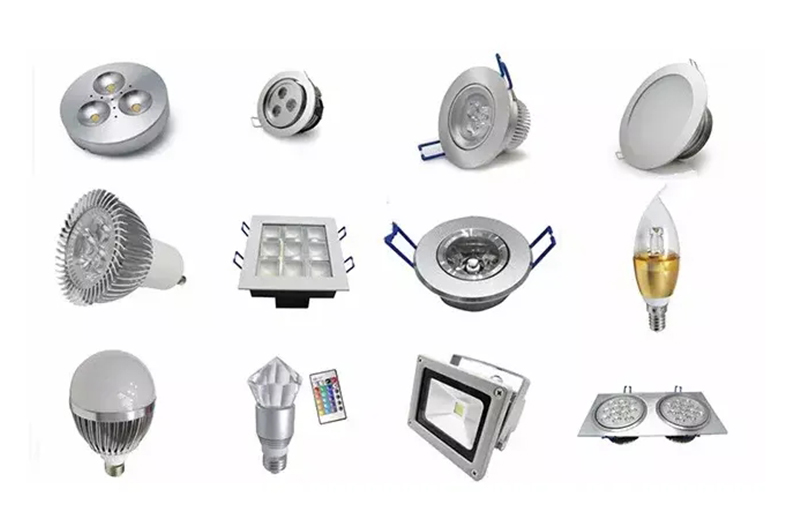The production mainly includes three processes: melting and casting, extrusion and surface treatment (coloring mainly includes oxidation, electrophoretic coating, fluorocarbon spraying, powder spraying, wood grain transfer printing, etc.)....
The production mainly includes three processes: melting and casting, extrusion and surface treatment (coloring mainly includes oxidation, electrophoretic coating, fluorocarbon spraying, powder spraying, wood grain transfer printing, etc.).
- Melting and casting is the first process of aluminum profile production. The main processes are:
(1) Ingredients: calculate the addition amount of various alloy components according to the specific alloy brand to be produced, and reasonably match various raw materials.
(2) Smelting: add the prepared raw materials into the smelting furnace for melting according to the process requirements, and effectively remove the miscellaneous slag and gas in the melt by means of degassing and slag refining.
(3) Casting: molten aluminum is cooled and cast into round cast rods of various specifications through deep well casting system under certain casting process conditions.


- Extrusion: extrusion is the means of aluminum profile forming. Firstly, the die is designed and manufactured according to the section of the profile product, and the heated round cast rod is extruded from the die by the extruder (in this process, the die, extruder and round cast rod need to be heated). 6063-T5 aluminum alloy commonly used by Hongfa nonferrous metals also has an air-cooled quenching process and subsequent artificial aging process during extrusion to complete heat treatment strengthening. Different grades of heat treatable strengthening alloys have different heat treatment systems.


- Surface treatment (mainly about oxidation process here)
Oxidation: the extruded aluminum alloy profile is commonly known as the base material, and its surface corrosion resistance is not strong. The surface treatment must be carried out through anodic oxidation to increase the corrosion resistance, wear resistance and appearance beauty of aluminum. The main processes are:
(1) Surface pretreatment: clean the profile surface by chemical or physical methods to expose the pure matrix, so as to obtain a complete and dense artificial oxide film. Mirror or matte (Matt) surfaces can also be obtained by mechanical means.
(2) Anodizing: for the surface pretreated profile, under certain process conditions, the substrate surface will be anodized to form a dense, porous and strong adsorption alumina film.
(3) Pore sealing: seal the pores of the porous oxide film generated after anodic oxidation, so as to enhance the anti pollution, anti-corrosion and wear resistance of the oxide film. The oxide film is colorless and transparent. By using the strong adsorption of the oxide film before sealing the hole, some metal salts are adsorbed and deposited in the film hole, which can make the appearance of the profile show many colors other than the natural color (silver white), such as black, bronze, golden yellow and stainless steel.


Aluminum led strip extrusion channel
Inspection, packaging and transportation
|
Dimension test
|
 |
|
Tensile test
|
 |
|
Hardness test
|
 |
|
Anodizing test
|
 |
|
Manual inspection of finished products
|
 |
|
|
 |
|
Packaging and transportation |
 |
|
|
|
 |
|
 |
|














